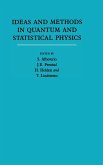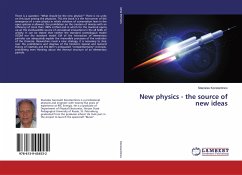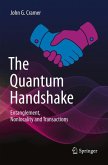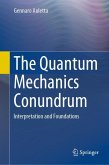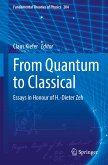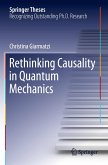This book offers a fresh perspective on some of the central experimental and theoretical works that laid the foundations for today's quantum mechanics: It traces the theoretical and mathematical development of the hypotheses that put forward to explain puzzling experimental results; it also examines their interconnections and how they together evolved into modern quantum theory. Particular attention is paid to J.J. Thomson's atomic modeling and experiments at the Cavendish Laboratory, Max Planck's struggle to explain the experimental results of Heinrich Rubens and Ferdinand Kurlbaum, as well as the path leading from Louis de Broglie's ideas to the wave theory of Erwin Schrödinger.
Combining his experience in teaching quantum mechanics with his interest in the historical roots of the subject, the author has created a valuable resource for understanding quantum physics through its history, and a book that is appreciated both by working physicists and historians.
Combining his experience in teaching quantum mechanics with his interest in the historical roots of the subject, the author has created a valuable resource for understanding quantum physics through its history, and a book that is appreciated both by working physicists and historians.



